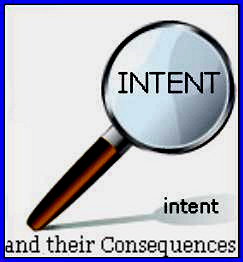
In Re Hadley Estate 2017 BCCA 311the Court of Appeal underscored the importance of evidence, including extrinsic evidence to determine testamentary intention in S.58 WESA applications to remedy a defective “will”.
40. Sitting as a court of probate, the court’s task on a s. 58 inquiry is to determine, on a balance of probabilities, whether a non-compliant document embodies the deceased’s testamentary intentions at whatever time is material.
The task is inherently challenging because the person best able to speak to these intentions — the deceased — is not available to testify. In addition, by their nature, the sorts of documents being assessed will likely not have been created with legal assistance.
Given this context and subject to the ordinary rules of evidence, the court will benefit from learning as much as possible about all that could illuminate the deceased’s state of mind, understanding and intention regarding the document.
Accordingly, extrinsic evidence of testamentary intent is admissible on the inquiry: Langseth Estate v. Gardiner (1990), 75 D.L.R. (4th) 25 at 33 (Man. C.A.); Yaremkewich Estate (Re) at para. 32; George. As is apparent from the case authorities, this may well include extrinsic evidence of events that occurred before, when and after the document was created: see, for example, Bennett; George; Estate of Young; Re MacLennan Estate (1986), 22 E.T.R. 22 at 33 (Ont. Surr. Ct.); Caule v. Brophy (1993), 50 E.T.R. 122 at paras. 37-44 (Nfld. S.C.).




